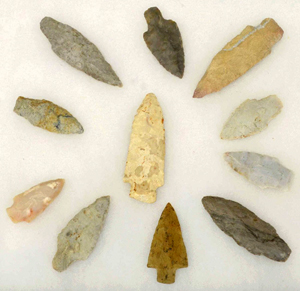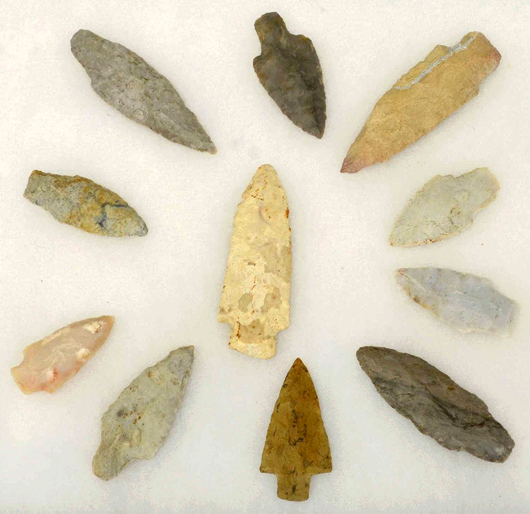
CORINTH, Miss. (AP) – The Magnolia State Archaeological Society plans a native American artifacts show on Oct. 19 at the Crossroads Arena.
Society president Bill Breidinger tells The Daily Corinthian that experts will be on hand to answer questions and the historical significance of artifacts of Southern Indian tribes.
“Most people who grew up in Mississippi or the South have seen or even collected arrowheads,” he said.
The show will run from 8 a.m.-3:30 p.m.
“The artifacts at the show date back thousands of years and are a small window into the lives of the earliest inhabitants of this area,” Breidinger said. “People who come to the show will be able to see how the tools and weapons used by these early inhabitants changed throughout the centuries.”
Show attendees will get a glimpse on how early man survived in the South.
“Prehistoric man entered North America sometime around 16,000 BC,” said Breidinger. “The general theory is they crossed the Bering Strait from Asia, into Alaska.”
“They hunted at least a dozen large animals including mammoth, mastadon, elk, short faced bear and giant beavers for food as well as clothing,” he said.
Things started changing around 8000 BC.
Not only were these people hunting but the presence of the mortar and grinding stones are evidence that they were gathering nuts, berries and seeds, Breidinger said.
“This gave them a much better diet,” he said.
More changes came around 1000 BC. There was more agriculture, villages approaching town size and the development of pottery were the main advances.
Pottery could be used for boiling broth and soups for better utilization of fish and meat scraps, but the main advantage of the pottery was to protect food from animals and insects for the lean times of winter.
“There is so much more to the story that we haven’t even discovered,” said Breidinger.
___
Information from: The Daily Corinthian
Copyright 2013 Associated Press. All rights reserved. This material may not be published, broadcast, rewritten, or redistributed.
ADDITIONAL IMAGE OF NOTE



